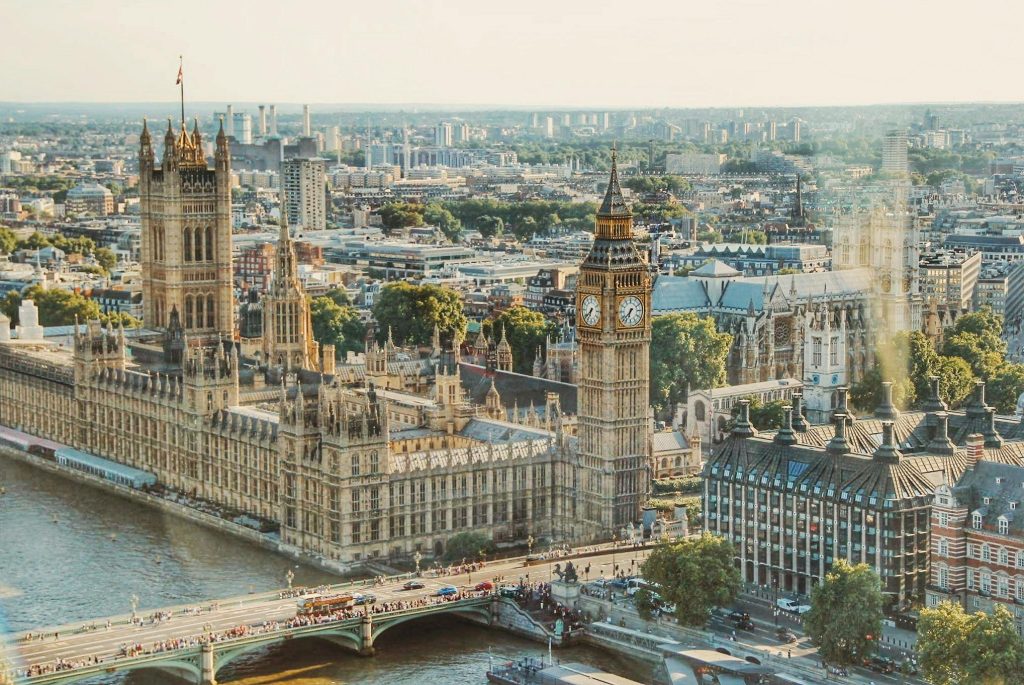Living comfortably in some of England’s most sought-after areas comes with a hefty price tag—especially when it comes to council tax. A recent study conducted by tax specialists at Tax Advisor revealed the areas of England that have the highest council tax rates in 2024. Drawing on historical council tax data from gov.uk, the study shed light on the regions where high property values and a demand for exceptional public services result in some of the steepest council tax bills.
Elmbridge: The Highest Council Tax Rate in England
Topping the list is Elmbridge, a borough in Surrey, with the highest council tax rate in England, averaging £2,646 per dwelling. This affluent area is home to some of the most expensive properties in the country, and its elevated council tax rate reflects both the cost of maintaining such a prestigious area and the need to fund extensive public services. Elmbridge’s council has invested in several key initiatives to maintain and improve the local community, including revitalizing town centres and upgrading recycling services to meet environmental goals. The council tax rate, in this case, is a direct result of these high-quality services combined with the substantial property values in the area.
Surrey Heath: The Runner-Up in Council Tax Costs
Following closely behind Elmbridge is Surrey Heath, with an average council tax rate of £2,501 per dwelling. This area’s high council tax rates stem from the local council’s commitment to infrastructure projects, particularly in flood prevention and waste management. These initiatives are necessary to protect properties in the area and enhance the quality of local services, but they also come with a high price tag. As a result, Surrey Heath residents face one of the highest council tax bills in the country, reflecting both the affluence of the area and the ongoing need to invest in critical public services.
Waverley: Investing in Infrastructure
In third place is Waverley, where residents pay an average of £2,488 per dwelling. This area, known for its wealth and high property values, has directed significant funds towards local infrastructure projects, particularly road improvements and sustainable housing development. These projects are designed to support Waverley’s growing population and ensure that the area remains a desirable place to live. The cost of these investments is reflected in the high council tax rate, as the council works to balance the needs of the community with the financial realities of providing top-tier public services.
Mole Valley: Green Initiatives Drive Up Council Tax
Ranking fourth is Mole Valley, where the average council tax rate stands at £2,482 per dwelling. This area’s council has prioritized several environmental initiatives in recent years, including enhancing local green spaces and promoting biodiversity. In addition to these green projects, Mole Valley is also focused on upgrading its leisure facilities to offer more recreational opportunities for residents. While these initiatives contribute to the overall well-being of the community, they also require significant financial investment, which is passed on to residents through higher council tax rates.
Tandridge: A Focus on Affordable Housing
Tandridge, in fifth place, has an average council tax rate of £2,480 per dwelling. The local council is currently investing heavily in long-term projects aimed at modernizing the area and providing more affordable housing options for residents. These initiatives, along with efforts to improve waste collection systems, are necessary to meet the growing demands of the community, but they also contribute to the area’s high council tax rate.
Richmond-upon-Thames: Affluence Meets High Tax Bills
Richmond-upon-Thames, a prosperous London borough, ranks sixth on the list, with an average council tax rate of £2,404 per dwelling. As a reflection of the borough’s affluence and high property values, the council tax rate here is driven by the cost of providing a wide array of public services. Recent initiatives have focused on public realm improvements, including upgrading high streets, creating new public spaces, and enhancing the local cycling infrastructure. These investments are designed to maintain Richmond’s status as a desirable place to live, but they also result in higher council tax bills for residents.
Wokingham: Investing in Education and Social Care
Wokingham Unitary Authority takes seventh place, with an average council tax rate of £2,396 per dwelling. The council’s current focus is on expanding educational facilities and improving social care services for its aging population. These critical investments require substantial funding, contributing to the area’s elevated council tax rate. By investing in education and social care, Wokingham is working to meet the needs of its growing population while ensuring that essential services are maintained.
Rutland: The Challenges of Rural Service Provision
In eighth place is Rutland Unitary Authority, where residents pay an average of £2,395 per dwelling. As a predominantly rural area, Rutland faces unique challenges in providing services to its dispersed population. The high council tax rate reflects the costs associated with maintaining infrastructure and services over a large geographical area. In recent years, Rutland has directed funds towards improving rural transport links and upgrading its digital infrastructure, both of which are vital for the area’s continued development.
Epsom & Ewell: Regeneration and Flood Resilience
Epsom & Ewell ranks ninth on the list, with an average council tax rate of £2,394 per dwelling. This affluent London borough has focused its recent efforts on town centre regeneration and improving flood resilience in the face of climate change. These initiatives, which aim to modernize the area and protect residents’ homes, require significant financial investment, contributing to the area’s high council tax rate.
Reigate & Banstead: Environmental Investments
Rounding out the top ten is Reigate & Banstead, where residents pay an average of £2,379 per dwelling. The local council has made environmental projects a priority, with initiatives including expanded tree planting and improved recycling programs. These efforts, aimed at making the area greener and more sustainable, come with a cost that is reflected in the area’s council tax rate.
A Clear Trend: Wealth and High Council Tax Rates
According to Aatif Malik, Director of Tax Advisor, the findings reveal a clear correlation between affluence and council tax rates. “In areas like Elmbridge, Surrey Heath, and Waverley, the elevated rates reflect the substantial investment required to maintain public services, infrastructure, and amenities that align with the expectations of their affluent populations,” he explained. As property values rise and the demand for high-quality services increases, so too do council tax rates, placing a financial burden on residents in these wealthier areas.
This trend highlights the challenges faced by councils as they balance the need for public investment with the financial realities of rising costs. While residents in these areas enjoy a high standard of living, they also pay a premium for the services that help maintain that standard.
- Jessica Bayley



